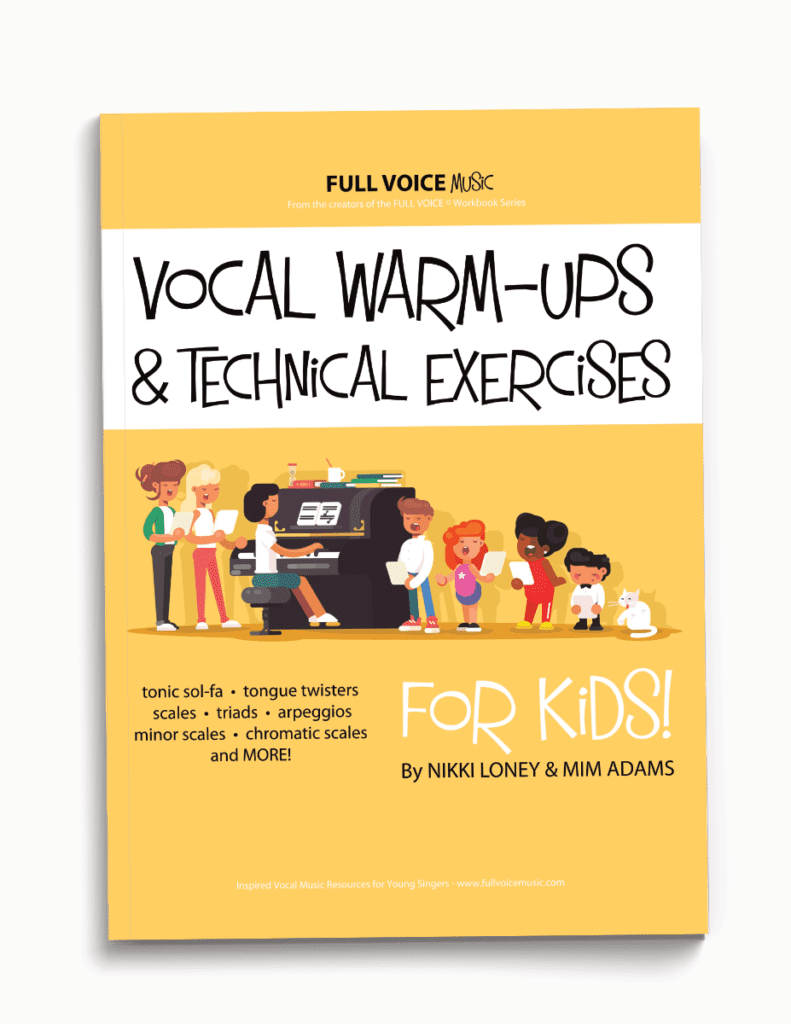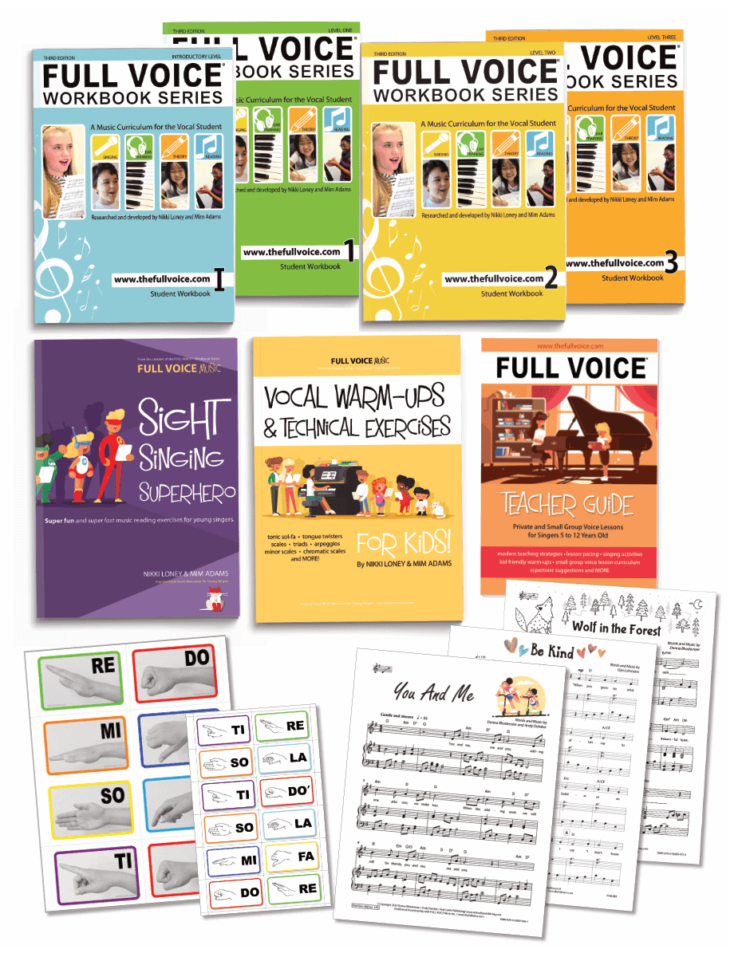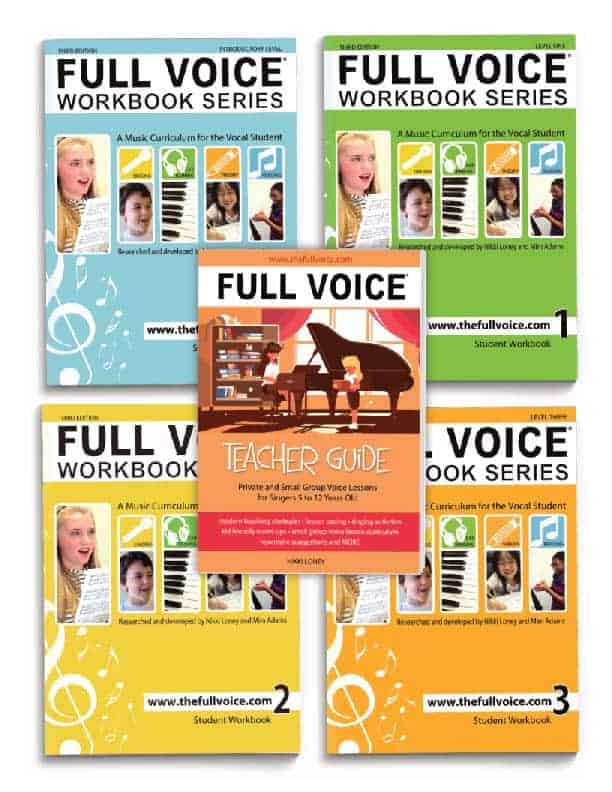
When was the last time you attended a class to learn something new? How long did it take before you felt comfortable and confident in participating? (It took me about four months of embarrassing weekly classes when I started at a new yoga studio before I could enjoy myself, and my 12-year-old still gives me a hard time when I drag him to swimming lessons.)
Welcoming new students (of any age) into your studio and getting started in productive voice lessons is an exercise in patience and mindfulness. Even the most confident singers will need time to feel comfortable in your space (or their space if they are online lessons).
Hesitant or shy singers reluctant to sing with even a moderate volume can have different reasons for holding back. And honestly, it is not difficult for well-meaning teachers to get frustrated. We could get so much more done if they just “sang out.”
Hey, friend and colleague! I know you know those shy singers need a safe space and a kind teacher to help them discover their singing voice. We can give them more time and offer engaging singing activities to help them discover their voice.
Strategies to help our Shy Singers
Vocal Exploration Activities
Vocal Exploration activities are unaccompanied singing activities (without the piano!) that allow students to make sounds without correction. For example, they could include vocal rollercoasters (writing a line on a whiteboard and having the student sing it), animal sounds, sirens, lip, and tongue trills. Again, the no-correction part is essential. Allowing students to discover all the cool things they can do with their voices without the stress of being right or wrong helps build confidence and curiosity.
Prioritize Singing Unaccompanied
Singing and playing the piano with students is less effective than one may think. This quick fix gives shy singers a place to hide and does not allow them to discover their voices. However, voice-to-voice activities like copycat melodies with solfege hand signs can help develop active listening skills and confidence. In addition, unaccompanied singing exercises are great warm-up activities!
Solfège hand signs are a singing teacher’s not-so-secret weapon. Download free solfège cards
Movement
If a student is moving, they are learning. Therefore, activities like stretching while singing, utilizing solfege hand signs while learning a melody, gesturing, or simple body percussion will significantly impact the volume and confidence of your new singers.
Inspire curiosity
Instead of telling a student what to do, modify your instructional language to empower the student. My favourite instruction is:
“I wonder what would happen if… (insert instructional cue here.).”
This instruction gently encourages students to pay attention and develop interoception skills. (Something that varies significantly from student to student regardless of age.)
Improved instructional cues
Instructions that work for one student may not make sense to another. (Just ask my yoga teacher!) Even simple instructions can be confusing to students of all ages. “Sing louder” is vague, especially for a beginner. “Sing as soft as a Kitten” or as “loud as a lion” may entice them more. Personal connections will always see results. If you know students well, what can they relate to? Try something like this:
“Can you sing as loud as your baby sister cries?”
“If your best friend was across the room, how would you call out to them?”
Visual and Kinaesthetic Activities
How can you make your activities more visual? How about flashcards? We recommend Ann Baltz’s Attitude, Gesture, and Movement cards!

Making exercises visual can help singers with engagement and participation. Vocal Warm-Ups and Technical Exercises for Kids! was developed to make singing study more visual and engaging. This book is available on our website in print format or PDF download, and on Amazon worldwide.
Allow them the music they LOVE to sing.
Sometimes you DO have to talk about Bruno! (I can see you cringing right now.) It may not be your favourite. It may not be age or ability appropriate. However, any song that students are eager to sing will help you (and them) discover their dynamic range. You can remind them they could sing louder in that song when they are learning something new.

Music that kids love to sing (that IS age-appropriate) lives here. Check out the FULL VOICE Song library. Our repertoire is crafted for young singers and guaranteed for Happy Singing. FULL VOICE songs are enjoyed by teachers and students worldwide. If you are new to our music, Check out our listening library on YouTube!
Play-based learning for the win
Singing games and activities will serve your students far better than the ‘stand at the piano and sing your warm-up exercises.’ routine. So, if you need some inspiration in making your pedagogy more playful, check out our blog (Where is the FUN in your Singing Lesson?) AND visit the free resources page for Songbird Warm-Up games. And, please don’t think this is just for the kids. Your teens and adults learn faster when it is fun and engaging.
Let them be the teacher
Role reversal, where the student is empowered to lead the teacher in the musical activity, is very effective. This switch allows the student to enjoy a leadership role exploring the activity differently. It also allows them to relax as they are not in the “hot seat” for a while.
Never-ending encouragement and praise
Big smiles from you, fun stickers, thumbs up, high fives (my favorite), and well-chosen words of encouragement go a long way to building singers’ confidence. Voice teaching professionals know those small-step improvements are big deals. Shy singers (and their parents) need to hear about their progress every lesson.
“That was outstanding – I love that you are exploring a new volume.”
“I can hear that you are singing louder. Keep it up!”
One final thought
Sometimes our students don’t want to sing out loudly or sing at all. (Can’t we all relate to that?) We nurture safer learning spaces when we give our students choices. And choosing to sing quietly or doing non-singing music-related activities at that moment is 100% okay. And if you need the reminder – your ability as a teacher is not determined by how quickly your students progress.
As always, wishing you inspired teaching and Happy Singing! (no matter how loud or soft it may be!)





